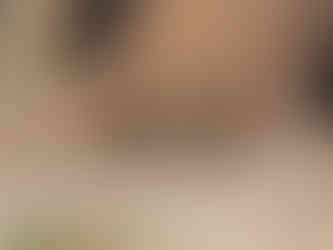Tucson
- dougsmith51
- May 12, 2019
- 3 min read
We arrived in Tucson on Monday, April 29, and settled in at Desert Trails RV Park outside the city. During the winter, Desert Trails is completely full of snowbirds (people that come south for the winter, then go back north when it starts to heat up), but the campground was fairly empty when we arrived. We picked a great spot next to a cactus garden.

The trees with the yellow leaves (and green bark) are Palo Verde trees. The Palo Verdes were blooming this time of year, so that when you looked out at the vast desert vistas (helped by the clean air here), the scenery was awash with yellow as far as the eye could see.

One of the best things about being in Tucson this time of year was that a lot of the cacti and other desert plants were blooming. We could see them everywhere we went, not only in national, state, and local parks, but even on the trails leading out from our campground.
We spent some time in Saguaro National Park, which is only about 6 miles away from the campground. Although there are saguaro cacti all around the Tucson area, the National Park harbors impressive stands of these monsters, as well as petroglyphs left by native peoples. Like many other cacti, the saguaros were flowering too.
On the day our 2013 Honda Fit crapped out (see our blog post "Fit to Be Tied" about that delightful incident), we had started up the Mount Lemmon Scenic Skyway, a beautiful drive from the desert floor to the peak of Mount Lemmon, a journey that takes you through five different climate zones. After renting a Ford Fiesta from Enterprise Rent-a-Car so we could still get around (for the next 10 days, it turned out), we resumed that drive up the Skyway. Along the way there are spectacular views of Tucson sitting in its valley, as well as granite "hoodoos" (towers of rock).
One evening, we drove about 45 minutes to Kitt Peak National Observatory, where we participated in a night sky observing program that included using star charts, binoculars, and a 20-inch reflecting telescope located above the visitor center. Kitt Peak has a large number of telescopes actively used by astronomers, so when we left after dark we had to use red plastic covers on our headlights for the first two miles down from the mountaintop to avoid "light pollution" that would interfere with the night time astronomy work.
Another day we visited the Titan Missile Museum, a remnant of the Cold War and one of 18 nuclear missile silos that once surrounded the Tucson area. The control room technology reminded Doug of his days on a nuclear submarine in the mid-1970s.
On Sunday, we drove south from Tucson, visiting Tubac (an artists colony) and Karchner Caverns State Park, site of a large cave system that was both impressive and educational (unfortunately, no photography was allowed). We also visited Tumacacori National Historical Site, which preserves an old Spanish mission.
North of Tucson is the site of Biosphere 2, where a group of eight people lived in sealed isolation for two years in the early 90s to simulate living on Mars. Now it's run by the University of Arizona to test the effects of climate change and other factors on various ecosystems, and is open to the public.

The Arizona Sonora Desert Museum was also fairly close to our campground, and is a combination zoo, museum, and botanical garden. We had an opportunity to see some of the desert wildlife that we ordinarily wouldn't run into.
On our last full day in Tucson, we hiked through Sabino Canyon, a desert oasis located close to the heart of the city. We took a shuttle to the top of the canyon, then walked down four miles to the base.
By May 12, it was time to get on to other places and other adventures. But we loved our time in Tucson, and we'll be back. There's still plenty to see.


































































































The pictures of AZ are amazing! So glad you are having good weather and seeing so much of our beautiful country!!!
Scouting out places for snowbirding on the future? Beautiful location and such interesting places!
Wow the plant life is amazing! Keep trucking.... :)